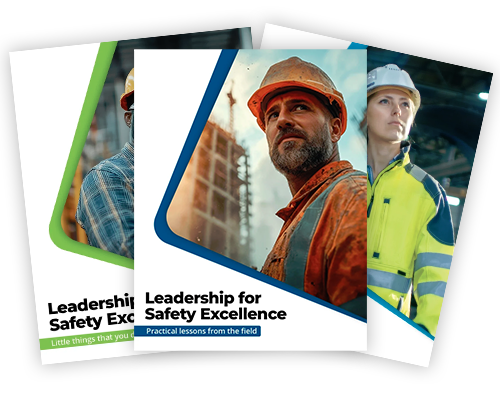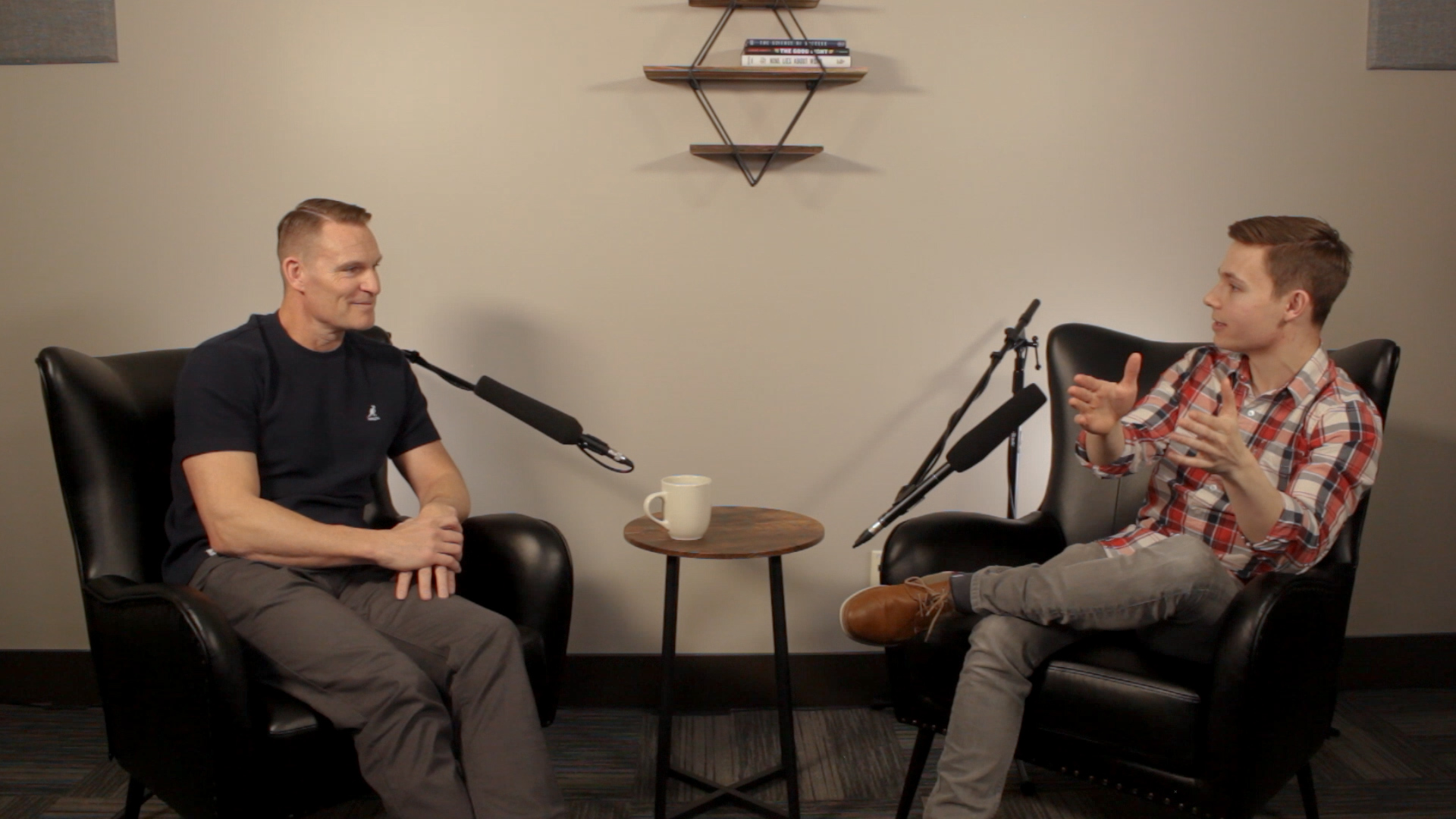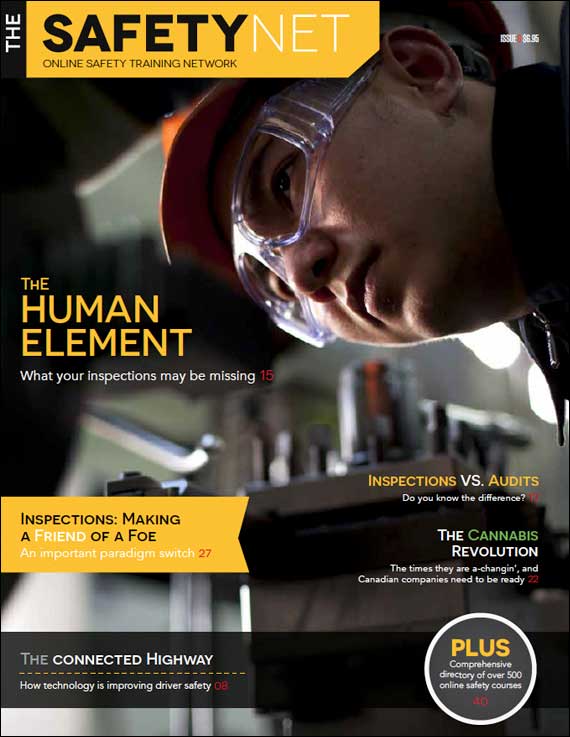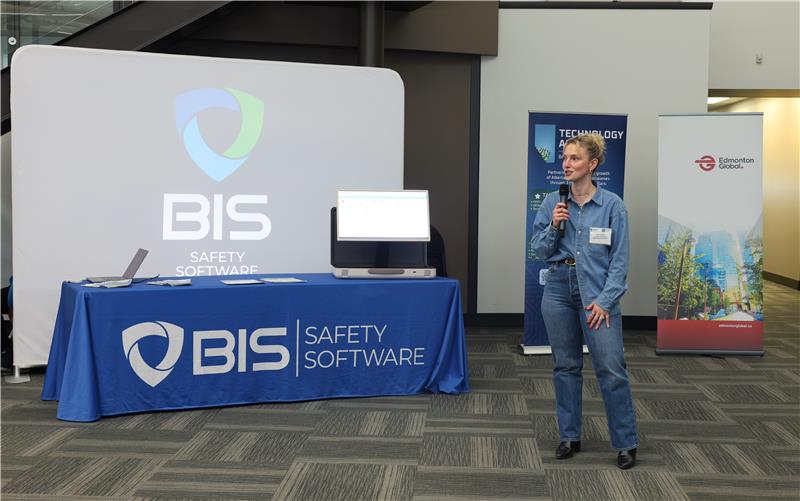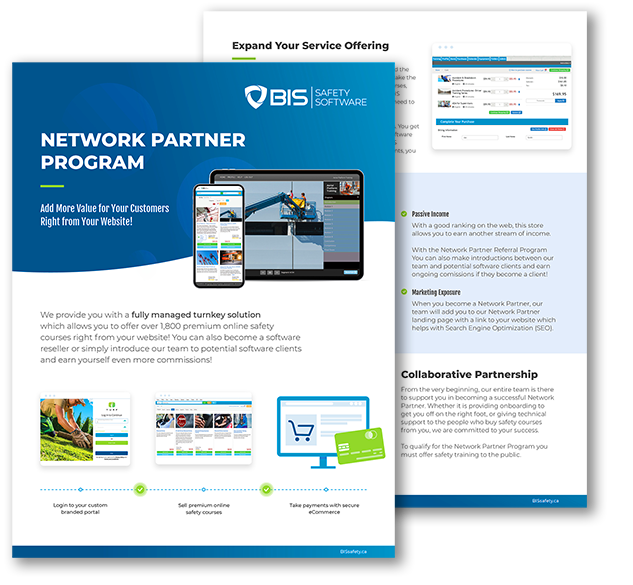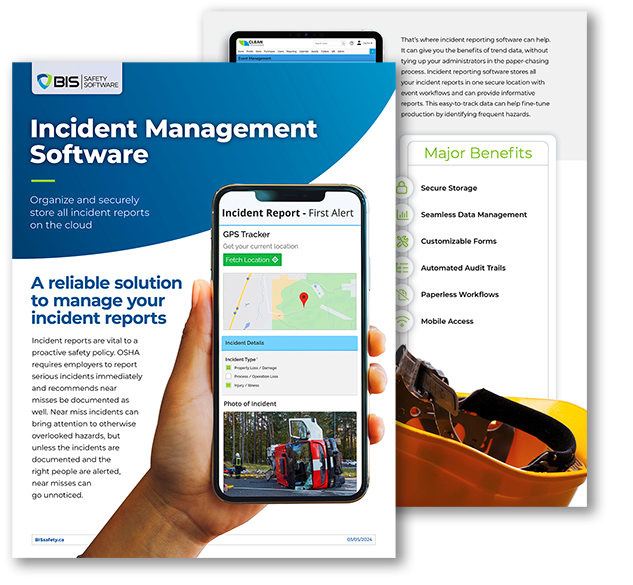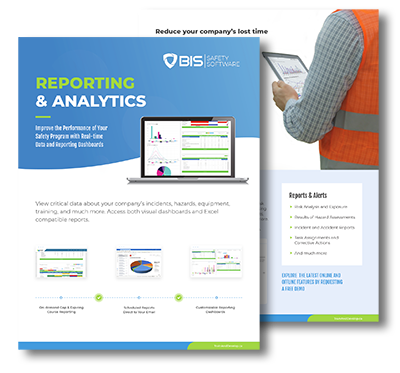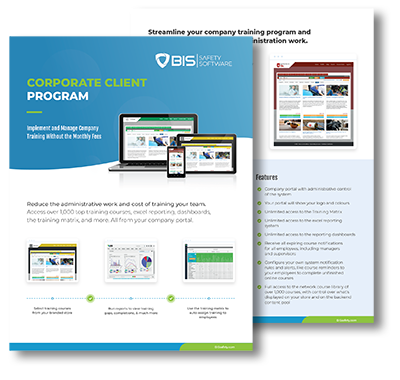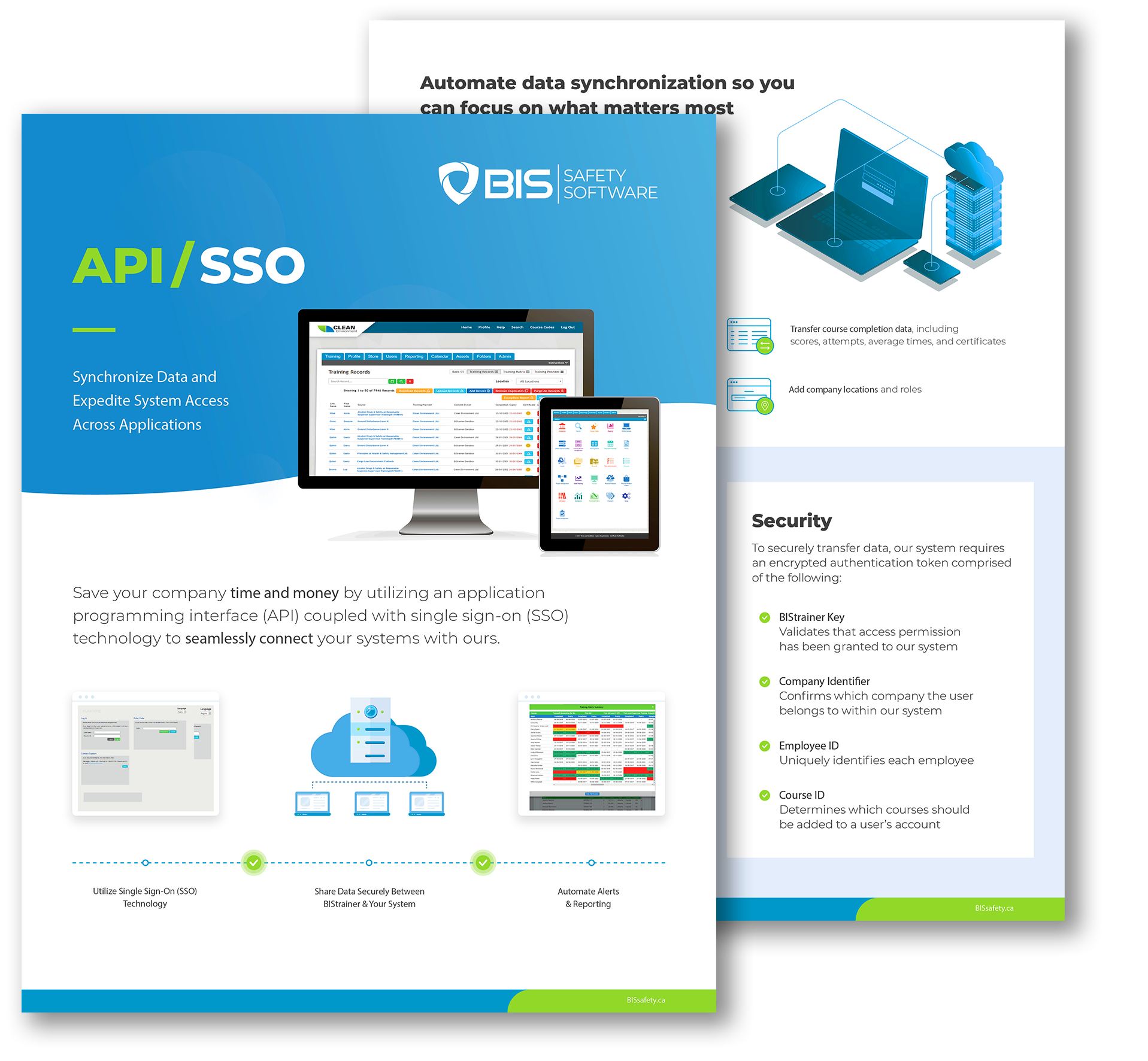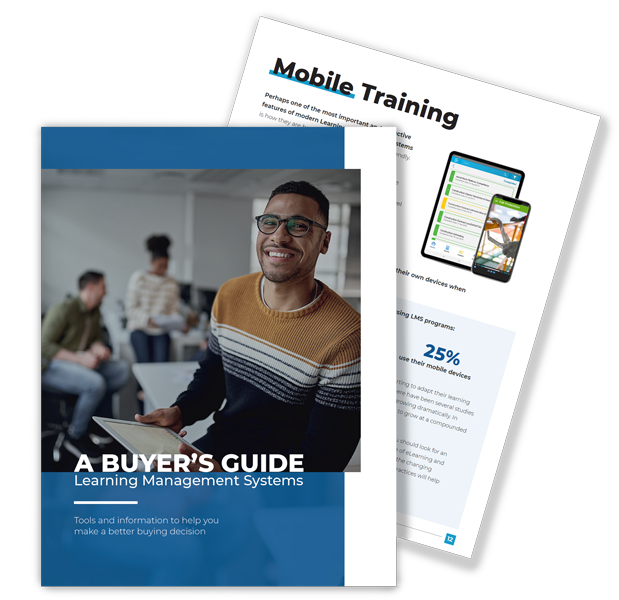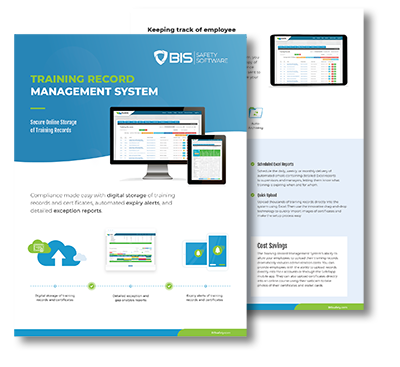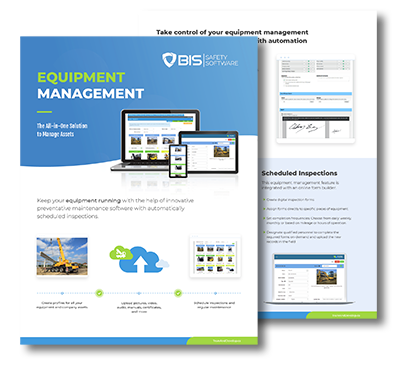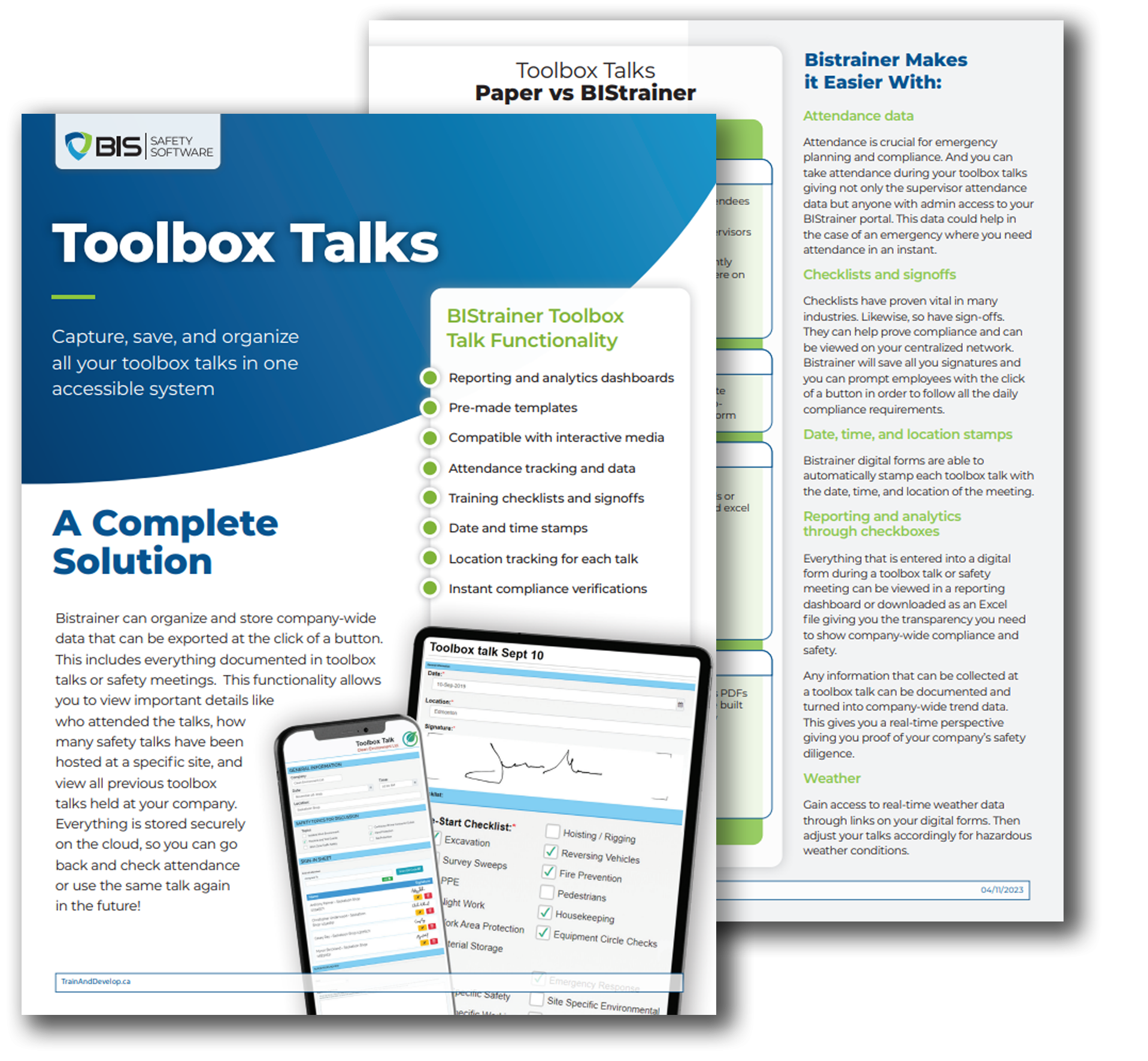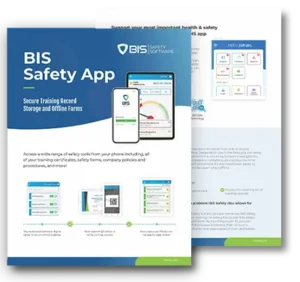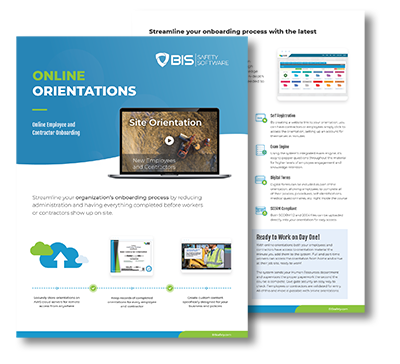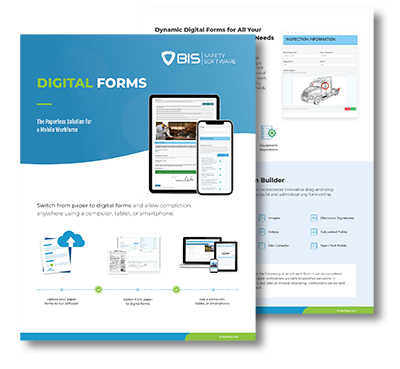Why Safety Software Adoption can Fail and How to Fix It
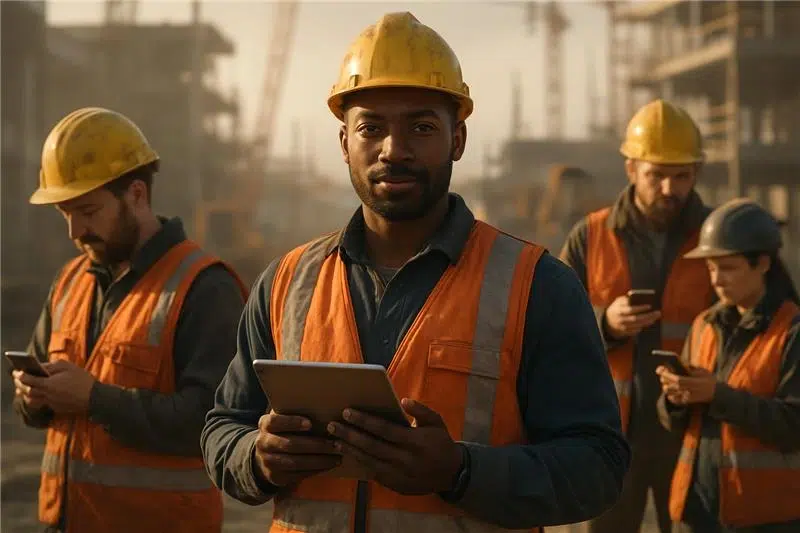
Struggling to get your team to use new safety software? Here’s how to make adoption smoother, smarter, and more successful—right from the frontline.
Humor at Work – Work Shouldn’t Suck: Mike Kerr on Humor, Culture, and Why Safety Starts with Fun

Luca Filippo shares his journey through aviation and biology, plus what it taught him about safety culture.
Fire Drills: How to Turn Routine Practice into Real-World Readiness
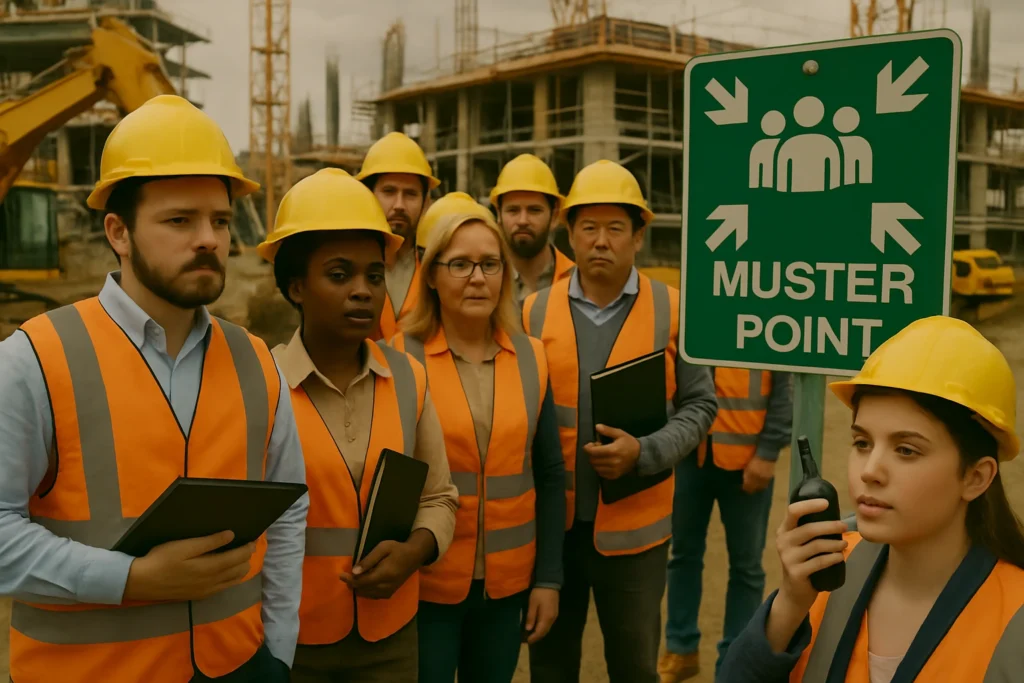
Conducting regular fire drills is more than a formality—it’s essential for building confidence, reinforcing roles, and ensuring workplace teams respond swiftly during real emergencies.
Why Incident Reports Fuel Safety Culture

Understand how timely incident reporting improves workplace safety, supports compliance, and drives meaningful safety improvements across Canadian industries.
University of Alberta – The Universal Language of Risk: Lucca Filippo on Safety Lessons Learned Across Airspace and Labs

Luca Filippo shares his journey through aviation and biology, plus what it taught him about safety culture.
SAFEmap International – The Risk Paradox: Corrie Pitzer on Paralysis By Safety

Dr. Tom Krause shares lessons from decades in safety leadership, covering behavior-based safety, decision analysis, and why real change goes beyond blaming employees.
Krause Bell Group – Beyond the Blame Game: Dr. Tom Krause on Real Safety Leadership

Sit down with Dr. Tom Krause to explore how effective leaders move beyond blame and redesign systems for safer work. Learn why context matters, how decision quality prevents serious incidents, and why upward communication is essential to culture. Practical takeaways for operations, EHS, and executive teams
John Foley inc. – Blue Angels and Red Tape: Greg Wooldridge on Trust and High-Performance Leadership

Join Greg “Boss” Wooldridge, the only three‑time leader of the Blue Angels as he translates elite aviation habits into practical leadership. Learn how trust built under pressure, concise debriefs, and humility create repeatable excellence without sacrificing safety. Actionable takeaways for aviation, construction, healthcare, tech, and more.
The Reinvention Blueprint: Veterans, Bankers, and Electricians Who Built Safety Empires

Aurora Innovation just launched a fully driverless freight service in Texas. It’s a big move for both logistics and workplace safety.
When Women Take the Mic in Safety Conversations

For decades, the safety industry has sounded like one voice: commanding, technical, and almost always male. But that’s shifting. And when women step up to the mic, something remarkable happens. They don’t echo the status quo



